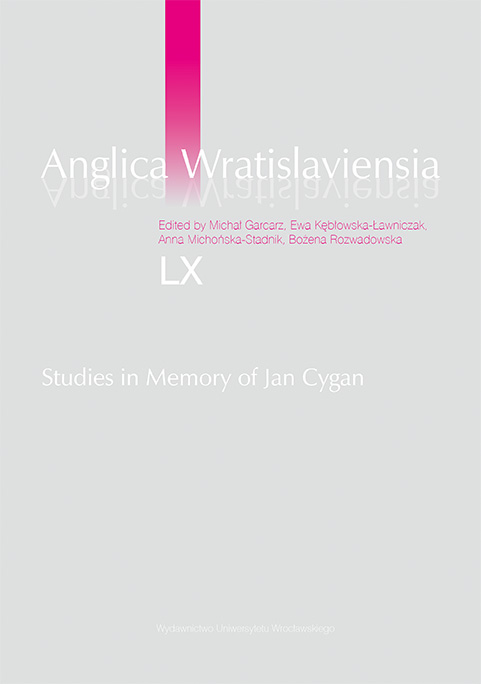

Articles

“Slaves of the Lamp, Part One”—the first tale of Rudyard Kipling’s Stalky & Co.—was published in 1897, forty years after the publication of Thomas Hughes’s Tom Brown’s Schooldays, a book that created a pattern followed by other practitioners of the school-story genre. The aim of the following paper is to discuss the ways in which Kipling challenged the established conventions of the Victorian school story. In contrast to his predecessors, Kipling did not set his tales in an old, established public school; he questioned the importance of sports and games in developing manly character; and refused to idolize the school traditions. His protagonists rebel against authority and do not follow the rules, but are intent on the pursuing their own interests and pleasures, and do not hesitate to venture out to explore and appropriate for themselves new spaces outside of school boundaries. An important feature of Stalky & Co. is its rejection of anti-intellectualism that characterizes many Victorian school stories. Stalky & Co. abounds in literary allusions, the protagonists are voracious readers; moreover, reading and writing are represented as essential parts of the process by which cultural maturity and authority are attained.